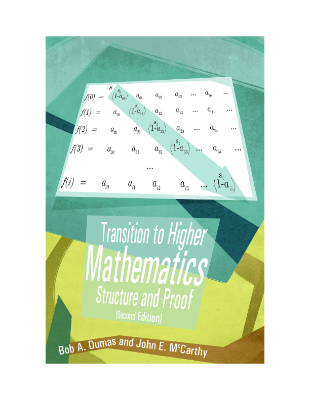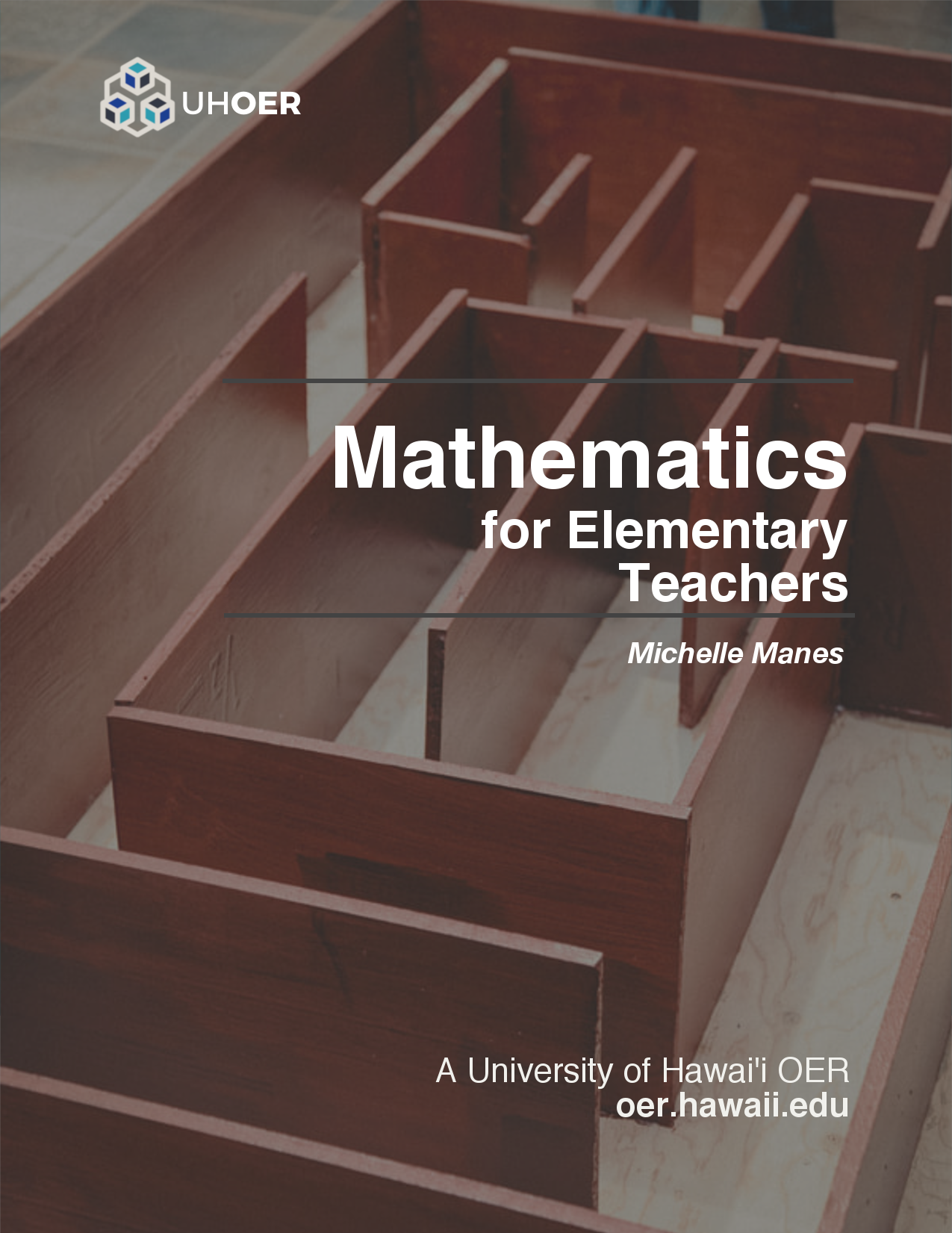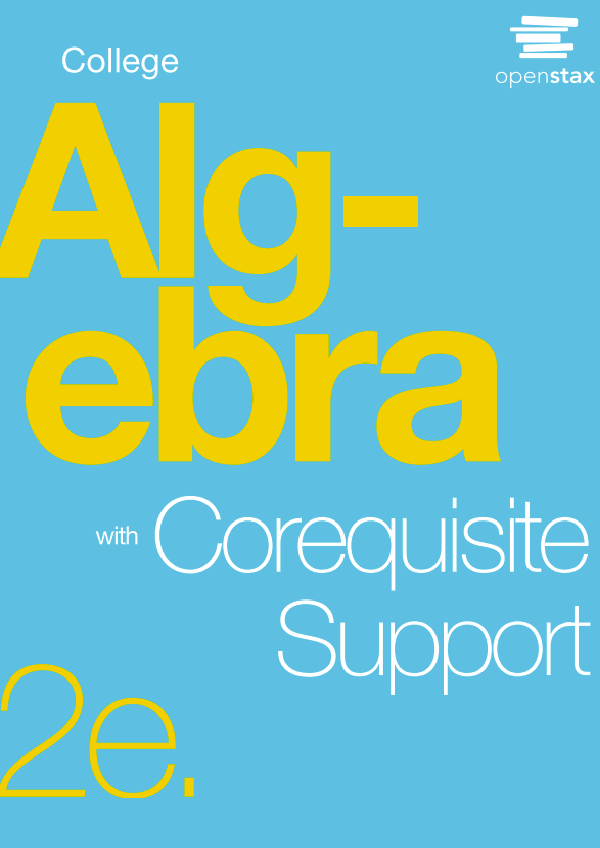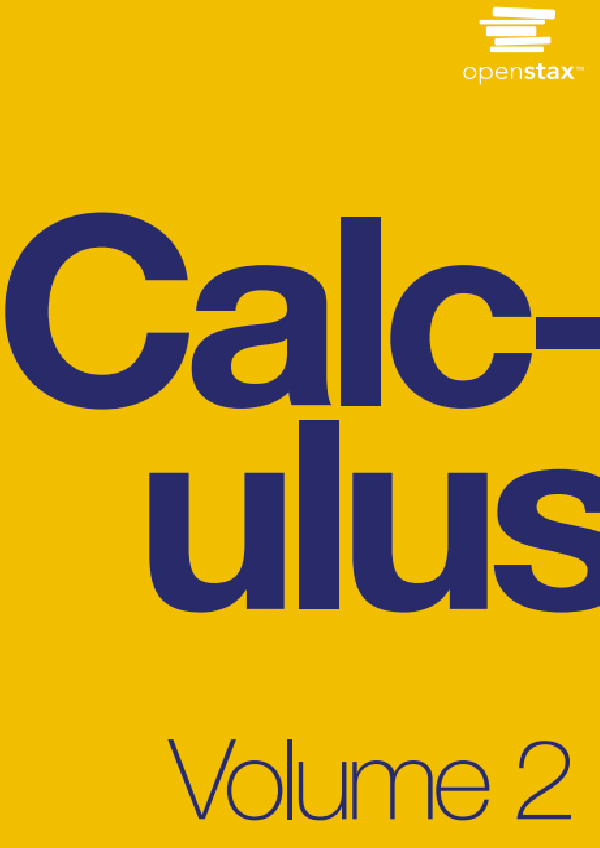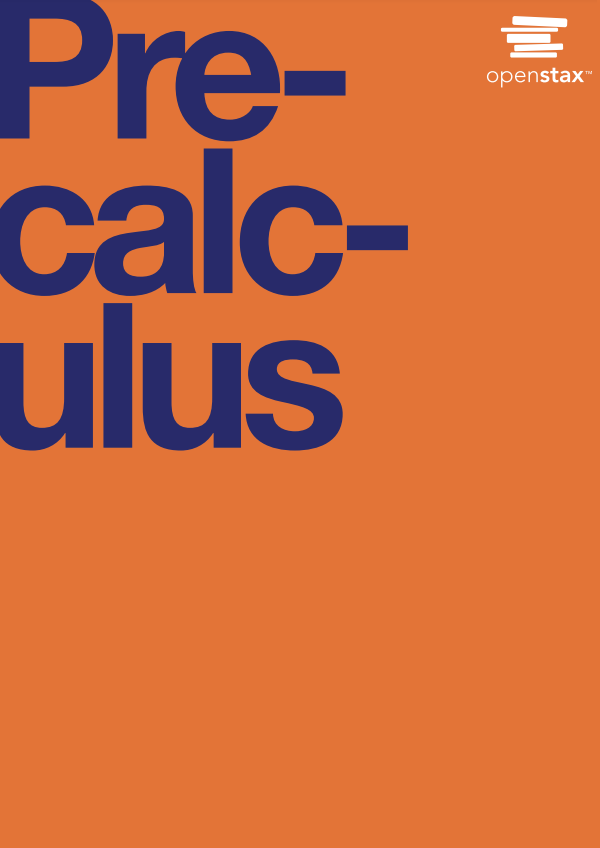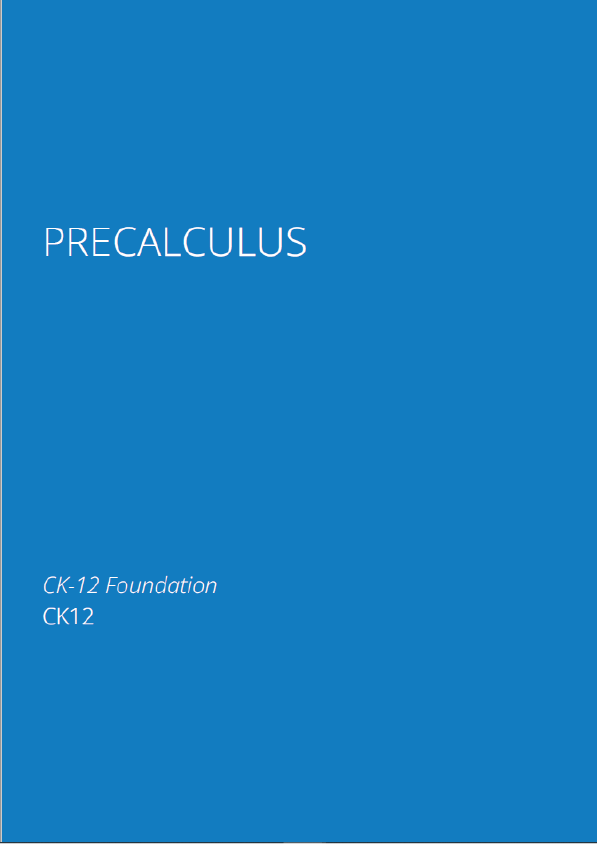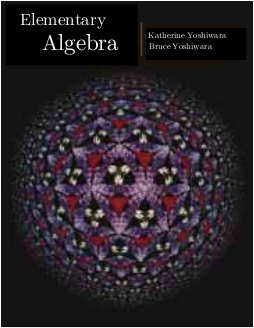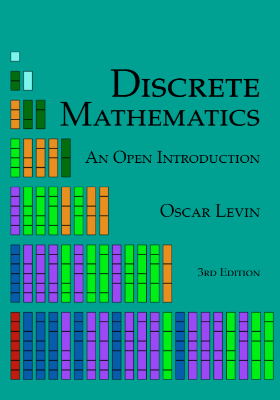Why this book is
More students today than ever before take calculus in high school. This comes at a cost, however: fewer and fewer take a rigorous course in Euclidean geometry. Moreover, the calculus course taken by almost all students, whether in high school or college, avoids proofs, and often does not even give a formal definition of a limit. Indeed some students enter the university having never read or written a proof by induction, or encountered a mathematical proof of any kind.
As a consequence, teachers of upper level undergraduate mathematics courses in linear algebra, abstract algebra, analysis and topology have to work extremely hard inculcating the concept of proof while simultaneously trying to cover the syllabus. This problem has been addressed at many universities by introducing a bridge course, with a title like Foundations for Higher Mathematics”, taken by students who have completed the regular calculus sequence. Some of these students plan to become mathematics majors. Others just want to learn some more mathematics; but if what they are exposed to is interesting and satisfying, many will choose to major or double major in mathematics.
This book is written for students who have taken calculus and want to learn what real mathematics” is. We hope you will find the material engaging and interesting, and that you will be encouraged to learn more advanced mathematics.
What this book is
The purpose of this book is to introduce you to the culture, language and thinking of mathematicians. We say \mathematicians”, not \mathematics”, to emphasize that mathematics is, at heart, a human endeavor. If there is intelligent life in Erewhemos, then the Erewhemosians will surely agree that 2+2 = 4. If they have thought carefully about the question, they will not believe that the square root of two can be exactly given by the ratio of two whole numbers, or that there are definitely many prime numbers. However, we can only speculate about whether they would find these latter questions remotely interesting or what they might consider satisfying answers to questions of this kind.
Mathematicians have, after millennia of struggles and arguments, reached a widespread (if not quite universal) agreement as to what constitutes an acceptable mathematical argument. They call this a \proof”, and it constitutes a carefully reasoned argument based on agreed premises. The methodology of mathematics has been spectacularly successful, and it has spawned many other fields. In the twentieth century, computer programming and applied statistics developed from offshoots of mathematics into disciplines of their own. In the nineteenth century, so did astronomy and physics. The increasing availability of data make the treatment of data in a sophisticated mathematical way one of the great scientific challenges of the twenty-first century.
In this book, we shall try to teach you what a proof is | what level of argument is considered convincing, what is considered overreaching, and what level of detail is considered too much. We shall try to teach you how mathematicians think | what structures they use to organize their thoughts. A structure is like a skeleton | if you strip away the inessential details you can focus on the real problem. A great example of this is the idea of number, the earliest human mathematical structure. If you learn how to count apples, and that two apples plus two apples make four apples, and if you think that this is about apples rather than counting, then you still don’t know what two sheep plus two sheep make. But once you realize that there is an underlying structure of number, and that two plus two is four in the abstract, then adding wool or legs to the objects doesn’t change the arithmetic.
What this book is not
There is an approach to teaching a transition course which many instructors favor. It is to have a problem-solving course, in which students learn to write proofs in a context where their intuition can help, such as in combinatorics or number theory. This helps to make the course interesting, and can keep students from getting totally lost. We have not adopted this approach. Our reason is that in addition to teaching the skill of writing a logical proof, we also want to teach the skill of carefully analyzing definitions. Much of the instructor’s labor in an upper-division algebra or analysis course consists of forcing the students to carefully read the definitions of new and unfamiliar objects, to decide which mathematical objects satisfy the definition and which do not, and to understand what follows \immediately” from the definitions. Indeed, the major reason that the epsilon-delta definition of limit has disappeared from most introductory calculus courses is the dfficulty of explaining how the quantifiers, in precisely this order, give the exact notion of limit for which we are striving. Thus, while students must work harder in this course to learn more abstract mathematics, they will be better prepared for advanced courses.
